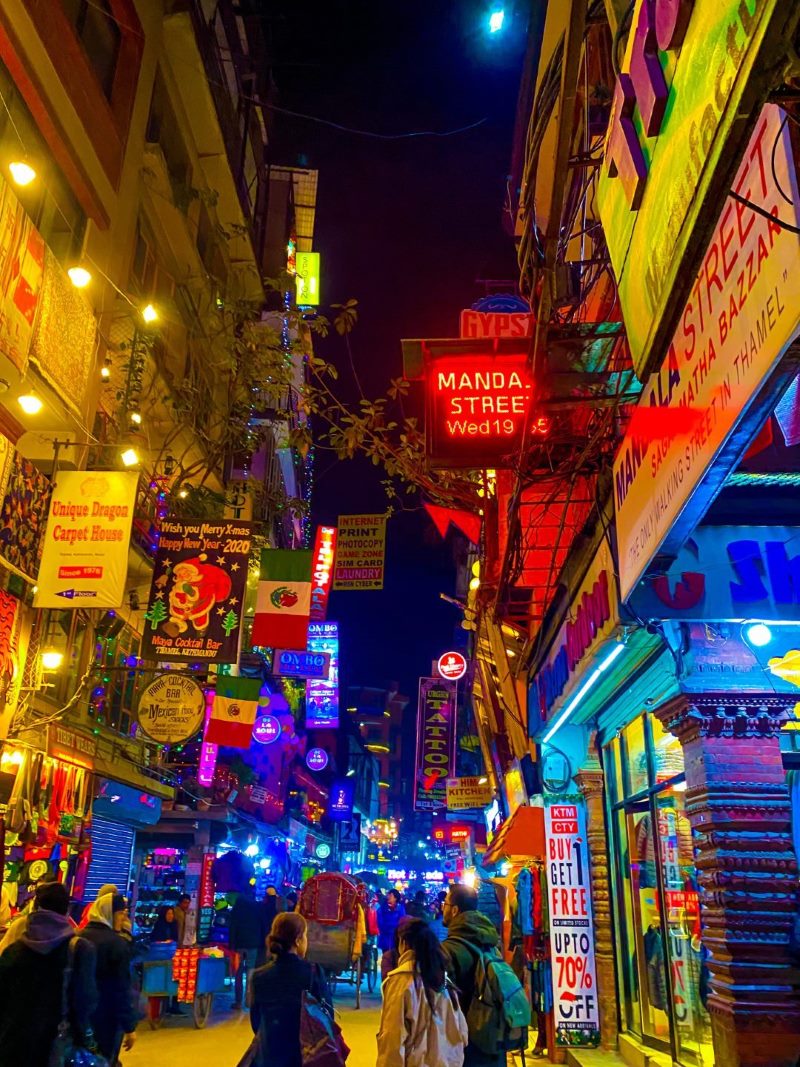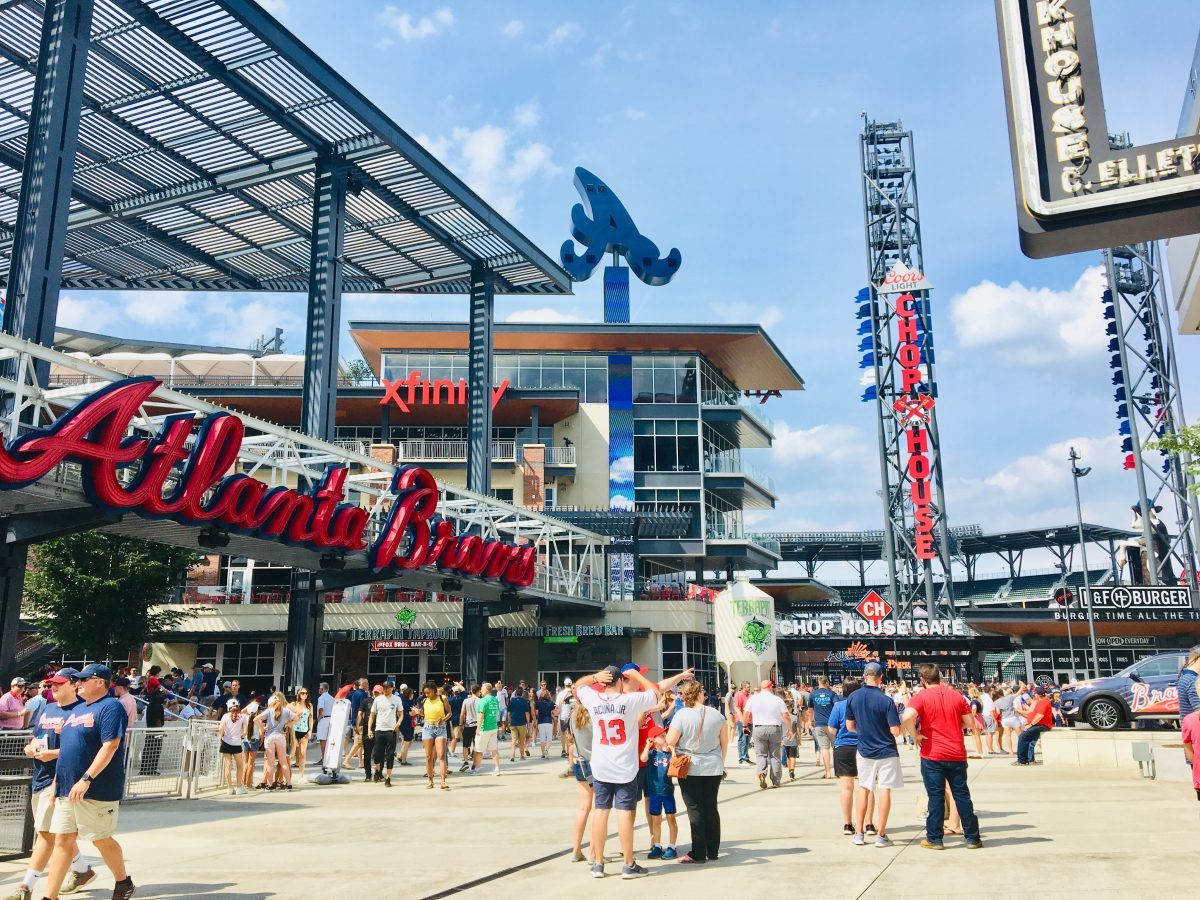How to Plan Your Mont Saint-Michel Tour in Normandy
Mont Saint-Michel is one of the most iconic attractions in France, located on the Normandy coast. The Mont-Saint-Michel Abbey is one of the first sites to be granted UNESCO World Heritage Site status. You can explore the site with a self-guided tour aided by an information booklet and learn the fascinating history of the site entirely at your own pace. In this article, we will give you a step-by-step guide on how to plan your Mont Saint-Michel tour so that you can make the most of your visit.Step 1: Book Your Tickets
To ensure a hassle-free tour, book your tickets in advance. You can book the entry ticket to the Mont-Saint-Michel Abbey through GetYourGuide. They offer entrance tickets that come with a self-guide booklet available in 12 languages to help you make the most of your visit without needing a tour guide. You can also purchase an audio guide (€3 payable directly at the monument) and guided tours that are available on site.Step 2: Choose Your Tour Date and Time
Mont Saint-Michel is crowded throughout the year. The best way to avoid the crowds is to plan your visit during the off-season, from November through March. You also have the option of visiting during the weekdays. By doing so, you can ensure that you’re able to explore the site without hassle. Choose a tour date and time according to your preference and availability, and book your tickets accordingly.Step 3: Plan Your Itinerary
Once you’ve booked your tickets, plan your itinerary to maximize your visit to Mont Saint-Michel. The site is vast and you’ll need to budget enough time to explore the Abbey and the surrounding area. You can either choose to visit for the day or stay overnight in one of the many hotels in the area. If you’re planning to stay overnight, you can explore the site once the crowds have gone home and take in the iconic views of the Mont Saint-Michel abbey at night.Step 4: Know What to Expect
Before your visit, take the time to understand what to expect from your tour. The Mont Saint-Michel Abbey is built on a rocky island and can only be reached by foot. The island can be accessed via a free shuttle bus that runs regularly from the parking area to the site. Once you reach the site, you can explore the Abbey with your self-guide booklet in your preferred language. The booklet is available in twelve languages, including French, English, German, Italian, Spanish, Russian, Chinese, Dutch, Japanese, Polish, Portuguese, and Korean.Step 5: What Not to Do
While visiting Mont Saint-Michel, there are a few things that you should avoid doing. Avoid wearing high heels, as the ground is rocky and uneven. Also, keep in mind that the site is not wheelchair accessible, and visitors with mobility impairments may find it difficult to explore the site. To help preserve the site, avoid touching the walls or any exhibits inside the Abbey.Book Your Tour Now
Mont Saint-Michel is one of the most iconic attractions in France, and with a little planning, you can make the most of your visit. Follow our step-by-step guide to ensure a hassle-free experience during your tour to Mont Saint-Michel Abbey. Remember to book your tickets in advance, plan your itinerary, and know what to expect during your tour. Don’t forget to avoid doing things that might harm the site and follow established touristic standards. Start planning your Mont Saint-Michel tour today and book the tour here.
Frequently Asked Questions about Normandy
Are you planning a trip to Normandy or interested in learning more about this charming region in France? Here are some commonly asked questions and helpful answers to assist you in your research:
1. What is Normandy?
Normandy is a region located in the northwestern part of France. It borders the English Channel to the north and is home to a rich history, stunning scenery, and a thriving cultural and culinary scene. This region played a significant role in World War II and is famous for being the landing site for the Allied forces on D-Day.
2. What are the main cities in Normandy?
Normandy is divided into five departments and has many beautiful cities, towns and villages to visit. Some of the main cities worth visiting include:
- Rouen: the historical capital known for its Gothic architecture, museums, and art galleries
- Caen: the city where William the Conqueror built his castle, which can still be visited today
- Deauville: the glamorous seaside resort famous for its film festival, casinos, and horse races
- Honfleur: a picturesque harbor town full of charming restaurants, art galleries, and museums
- Bayeux: a medieval town famous for its tapestry and military cemetery
3. What are the must-see attractions in Normandy?
Normandy has many interesting sites and attractions to visit for any type of traveller. Some of the top must-see attractions include:
- Mont Saint-Michel: a stunning island commune topped with an abbey that attracts millions of visitors each year
- D-Day Beaches: a significant historical site where the Allied forces landed on June 6, 1944, during World War II. Visitors can explore several museums, bunkers, and memorials dedicated to this event
- Bayeux Tapestry: a stunning 230-feet embroidery dating back to the 11th century that tells the story of William the Conqueror’s conquest of England
- Normandy Bridge: a beautiful cable-stayed bridge that spans the Seine River and offers picturesque views of the surrounding landscape
- Giverny: a charming village where the famous artist Claude Monet lived and painted his famous water lilies that can still be seen in his garden
4. What is the best time to visit Normandy?
The best time to visit Normandy is during the shoulder seasons of spring and fall when the weather is mild, and the crowds are thinner. The summer months from June to August are the busiest and most expensive time to visit, but it is also when many of the festivals and events take place. Winter can be quite cold, but it is also a magical time to visit the region, especially during the Christmas markets.
5. What is the local cuisine like in Normandy?
The Normandy region has a rich culinary tradition that includes seafood, dairy products, and apples. Some of the famous dishes and specialties worth trying include:
- Seafood platters: a combination of fresh oysters, mussels, crab, and lobster caught in the surrounding sea
- Camembert, Brie, and Pont l’Eveque cheese: delicious artisanal cheeses made with cow’s milk that are perfect for pairing with wine and bread
- Cider and Calvados: two fermented apple-based beverages that are popular in the region
- Tarte Tatin: an upside-down caramelized apple tart that originated in Normandy
- Andouille sausage: a smoked pork sausage that is often used in stews and casseroles
6. How do I get to Normandy?
Normandy is easily accessible by train, car, and plane. The major cities have excellent train connections to Paris and the rest of France. Travellers can also rent a car and explore the region at their own pace. The closest airports are Paris Charles de Gaulle and Paris Orly, which offer direct flights to international destinations.
7. What are some unique experiences to have in Normandy?
Normandy is full of unique experiences for travellers. Some of the ones that should not be missed include:
- Attending the D-Day commemorations held every year on June 6th to honour the fallen soldiers
- Visiting the Normandy abbeys such as Jumieges or Mont Saint-Michel and attending a Gregorian chant performance
- Going to the Villers sur Mer dinosaur museum and learning about the prehistoric era
- Exploring the cliffs, beaches, and countryside on horseback or bike
- Enjoying a live music festival or outdoor concert in the summer months
Book Your Tour Now
Normandy is a beautiful region full of history, culture, and natural wonders that are worth exploring. Whether you are interested in visiting the D-Day landing sites, tasting the local cuisine, or simply enjoying the scenic beauty, there is something for every type of traveller. Plan your trip in advance to ensure you make the most of your time in this charming part of France.

How to Spend Your Time as a Tourist in Normandy
Normandy, a beautiful region located in the northern part of France, is known for its stunning landscapes, picturesque villages, and rich history. From the beautiful beaches to the fascinating museums, there is no shortage of things to see and do in Normandy. In this guide, we will help you plan the perfect itinerary for your Normandy adventure.1. Start Your Trip in the Capital
The beautiful city of Rouen, located in the center of Normandy, is a great place to start your trip. Known as the “city of a hundred spires,” Rouen is home to stunning gothic architecture, great museums, and charming streets. Here are a few must-visit places in Rouen:- Rouen Cathedral: This medieval cathedral is a masterpiece of gothic architecture
- Musée des Beaux-Arts: This art museum houses works from famous artists such as Monet, Sisley, and Renoir
- Old town: Stroll through the charming streets of Rouen’s old town and admire the half-timbered houses and historical buildings
2. Explore Normandy’s Beautiful Beaches
Normandy’s coastline is dotted with beautiful beaches and seaside towns. Here are a few must-visit places:- Étretat: This seaside town is known for its stunning cliffs and rock formations
- Deauville: This beach town is famous for its luxurious hotels, casinos, and horse races
- Omaha Beach: This historical beach was the site of the famous D-Day landing during World War II
3. Discover Normandy’s Rich History
Normandy has a rich history that dates back thousands of years. Here are a few must-visit historical sites:- Mont Saint-Michel: This stunning island abbey dates back to the 8th century and is a UNESCO World Heritage Site
- Bayeux Tapestry: This 70-meter-long tapestry tells the story of the Norman Conquest of England in 1066
- Caen Memorial Museum: This museum is dedicated to the history of World War II and the D-Day landing in Normandy
4. Enjoy Normandy’s Gastronomy
Normandy is famous for its delicious cuisine, especially its cheese and cider. Here are a few must-try dishes:- Camembert Cheese: This soft cheese is made from cow’s milk and is a staple of Norman cuisine
- Cider: Normandy’s famous apple-based drink comes in many varieties and can be enjoyed with meals or as an aperitif
- Calvados: This apple brandy is made from the apples of Normandy’s orchards and is a great digestif
5. Visit Charming Villages and Towns
Normandy is full of charming villages and towns that are worth a visit. Here are a few of our favorites:- Honfleur: This picturesque port town is known for its colorful houses and stunning harbor
- Beuvron-en-Auge: This medieval village is one of France’s “most beautiful villages” and is known for its half-timbered houses and cobbled streets
- Giverny: This village is famous for being the home of the impressionist painter Claude Monet and his stunning garden
Book Your Tour Now
Normandy is a beautiful region full of history, culture, and stunning landscapes. Whether you want to explore the beaches, learn about Normandy’s rich history, or simply enjoy its delicious cuisine, there is something for everyone in this wonderful region. Use this guide to plan the perfect itinerary for your Normandy adventure and make memories that will last a lifetime.Table of Contents

